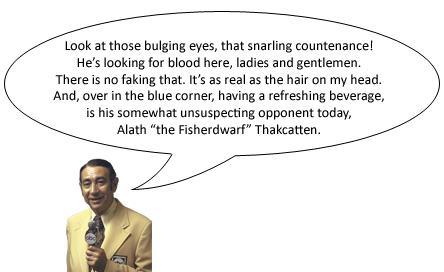I set this tale down on parchment to caution future generations for I fear legends of Stakudgur and its riches still enthrall the young and may tempt them to folly. It is my hope that this record, which I have pieced together and verified as best as I could, might give them pause.
Stakudgur was founded in the spring of 1052 by an expedition of seven led by Adil Nosingsakzul. They struck the earth at the bottom of a hill by a brook then dug down. They had chosen their site well and there were soon ample stockpiles of wood, stone and uncut gems for the crafter, the mason and the jeweller to work on.
That first year was not without its trials, however. The little outpost was heavily dependent on food supplies brought by caravans before Stakudgur’s farmers, fisherdwarves and hunters made it self-sufficient and there were days when the workers toiled in hunger and thirst.
Seasons passed and the outpost rapidly expanded as migrants were drawn to it by stories of its growing prosperity. The annual trade with Stibbomrovod and the humans from Mong Conu proved particularly lucrative. The traders coveted the wooden masterpieces effortlessly produced by Domas Ikthagmuthkat and the crafter’s legend soon spread far and wide. The traders spoke admiringly, too, of wondrous artifacts which were not for sale no matter how beseechingly they pled or how much they offered. The pride of Stakudgur was said to be Zanegkasith, a cow bone cage painstakingly handcrafted by Cog Athelakgos, a precocious child of prodigious skill.
At its height in the summer of 1056, Stakudgur was a bustling metropolis of over 150 souls and it must have had every reason to believe its future was bright indeed.
Continued…



